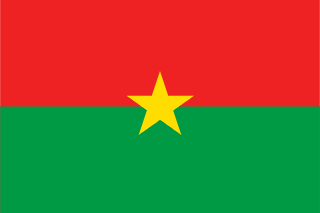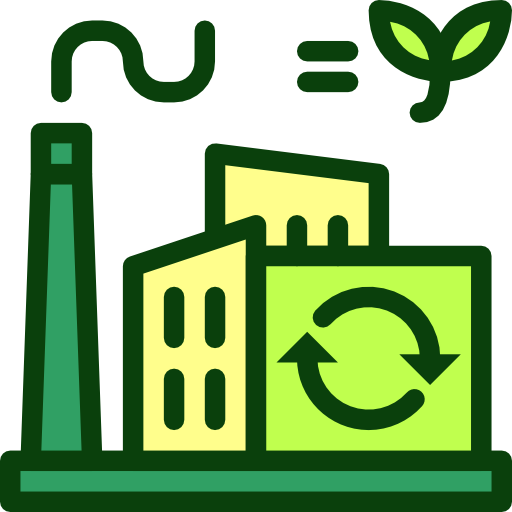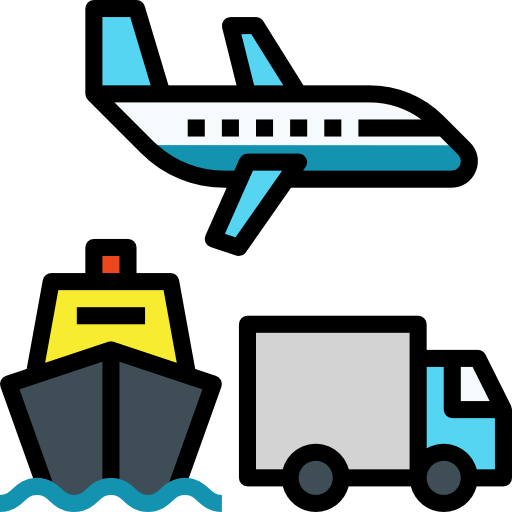Burkina Faso - Environment

As far as the environment of Burkina Faso is concerned, there have been . As for nvironment - international agreements, we have; .
About the environment of Burkina Faso
| Climate | We have three climate zones including a hot tropical savanna with a short rainy season in the southern half, a tropical hot semi-arid steppe climate typical of the Sahel region in the northern half, and small area of hot desert in the very north of the country bordering the Sahara Desert |
|---|---|
| Revenue from forest resources | |
| Revenue from coal | |
| Waste and recycling | Municipal solid waste generated annually: 2.575 million tons (2024 est.) |
| Total renewable water resources | 13.5 billion cubic meters (2022 est.) |
| Major rivers (by length in km) | |
| Total water withdrawal | |
| Municipal | 375.6 million cubic meters (2022 est.) |
| Industrial | 21.7 million cubic meters (2022 est.) |
| Agricultural | 420.7 million cubic meters (2022 est.) |
| Land Use | |
| Agricultural land | 53.2% (2022 est.) |
| Agricultural land: arable land | arable land: 28.9% (2022 est.) |
| Agricultural land: permanent crops | permanent crops: 2.4% (2022 est.) |
| Agricultural land: permanent pasture | permanent pasture: 21.9% (2022 est.) |
| Forest | 22.4% (2022 est.) |
| Other | 24.4% (2022 est.) |
| Urbanization | |
| Urban population | 32.5% of total population (2023) |
| Rate of urbanization | 4.75% annual rate of change (2020-25 est.) |
| Major urban areas (Pop) | 3.204 million OUAGADOUGOU (capital), 1.129 million Bobo-Dioulasso (2023). |
All Important Facts about Burkina Faso
Want to know more about Burkina Faso? Check all different factbooks for Burkina Faso below.
-
 Burkina Faso Factbook
Burkina Faso Factbook
-
 The Economy of Burkina Faso
The Economy of Burkina Faso
-
 Learn about the Government of Burkina Faso
Learn about the Government of Burkina Faso
-
 Communication in Burkina Faso
Communication in Burkina Faso
-
 Popular Universities in Burkina Faso
Popular Universities in Burkina Faso
-
 Enerny in Burkina Faso
Enerny in Burkina Faso
-
 Transport in Burkina Faso
Transport in Burkina Faso
-
 The Geography and society of Burkina Faso
The Geography and society of Burkina Faso
-
 The Environment of Burkina Faso
The Environment of Burkina Faso
-
 Military and security in Burkina Faso
Military and security in Burkina Faso